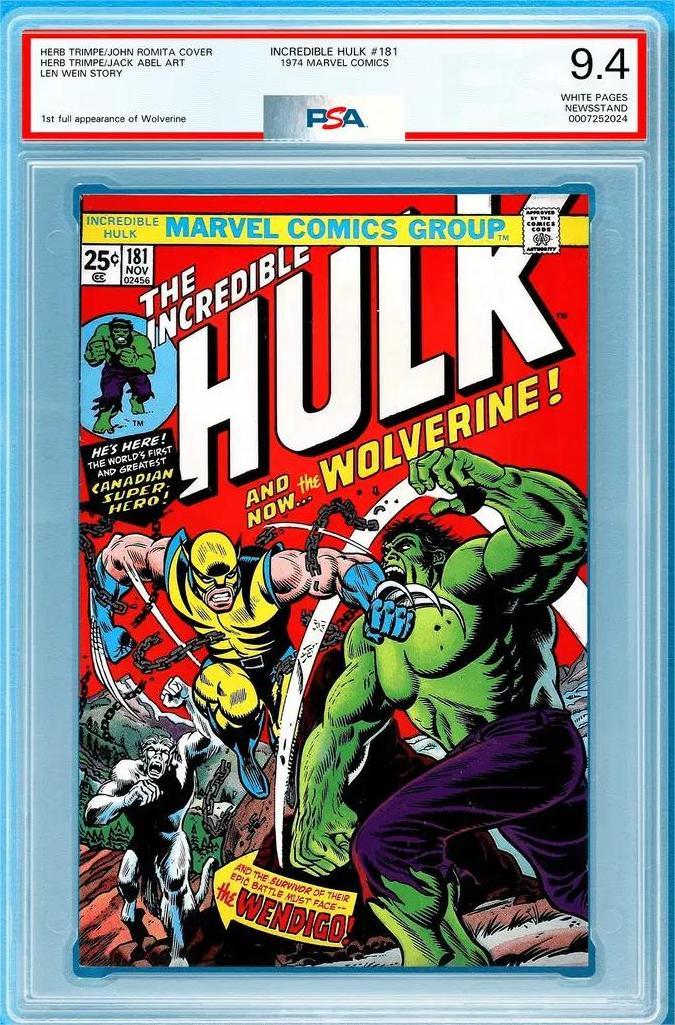The realm of comic and magazine collectors just got disrupted by a rather unexpected plot twist, akin to a surprise villain reveal in a pulp fiction issue. PSA, a name solidly etched in the gaming and card grading market, has dared to carve new territory with its comic and magazine grading service. Yet, mere moments into this venture, the once-hopeful excitement has been stifled, swapped for a soundtrack of groans and eye-rolls reminiscent of viewers enduring the sequel nobody asked for.
Initially trumpeted with a breezy 20-day turnaround for magazine grading, this freshly minted service now slumps with a 75-day wait, transforming eager anticipation into a full-on test of patience. Collectors keen on either flipping their treasures for a quick buck or adoringly displaying them must now either seek the Zen-like calm of patience or pivot to the competition. To further sweeten—or perhaps sour—the deal, the launch pricing stands at $25.99 for modern comics and magazines (curated from 1975 to the present with a value cap at $400) and up to $39.99 for their vintage counterparts. However, as the sands of time seem to stretch indecently, value is being quietly questioned within hobbyist circles.
Digging behind the curtain, whispers from well-placed sources within PSA’s corridors point to vexing tariff troubles and production delays, robbing the company of the desired magazine-sized slabs they had optimistically promised to have in hand by launch. With timelines now extending them into a September of impatience, collectors are left drumming their fingers, toe-tapping the wait away.
Adding to the stage’s clutter is the pressing service tantalizingly draped for the comics’ corner: priced at $11.99 for the modern pieces, and a jazzier $29.99 for those hailing from the golden and silver ages. Yet, the fine print catches the eye—as if whispered by Loki himself—you must commit to pressing every item in your cohort minestrone; no mish-mashing of pressed and unpressed treasures in one go.
Wander into the collector’s ark, however, and it’s the labels that dominate the murmured discourse. PSA’s strive towards grading glory is shackled by their inability to dress up their toys, offering slabs that look as generic as a detective in an overcoat. Comparatively, CGC serenades collectors with an imaginative edge, allowing them to commission special character artwork for an enhanced label design, which is vista-grabbingly grand. This adds a unique flair and fullness of character, leaving PSA’s efforts feeling deserted and lackluster—especially in today’s visual-centric culture where the presentation could be as much fun as preserving and owning the relic itself.
As the lens pans back, it is CGC that saunters with the standard bearer’s poise, striking a balance between snappy turnarounds and nuanced presentations. Should PSA wish to sway the comic and magazine league to its camp, a renaissance of their label design could be that much-needed magic elixir. As it stands, the slabs are currently best remembered not for their aesthetic grace, but rather for the snail’s pace of their arrival.
Collectors find themselves cast into the part of patient protagonists, perhaps reminiscing about the old adage: “good things come to those who wait.” Yet, whether they shall still be patiently seated come September, or swayed into the hands of more timely graders, remains the tantalizing cliffhanger of this saga.


